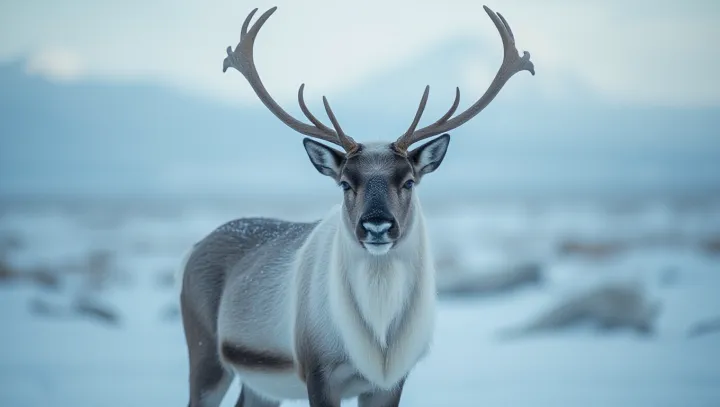Secrets of the Arctic Reindeer

In the chilly expanses of Tromsø, Norway, researchers have embarked on a captivating mission to unravel the ecological importance of reindeers. As one of the most resilient mammals adapted to the harsh Arctic conditions, reindeers play a critical role in the intricate web of life in these frozen domains. Scientists from the University of Tromsø emphasize that reindeers are key drivers of nutrient cycling within the Arctic tundra.
Their grazing habits shape plant communities, influencing various other species that coexist in this environment. Additionally, reindeers contribute significantly to the subsistence lifestyles of the indigenous Sami people, providing not just food but a cultural cornerstone. However, with the accelerated pace of climate change, issues arise.
Warming temperatures and unpredictable weather patterns pose existential concerns for reindeer populations. Researchers highlight that understanding these changes is crucial for developing comprehensive strategies aimed at preserving reindeer herds and, by extension, the health of the entire Arctic ecosystem. As these findings continue to unfold, the spotlight turns toward conservation efforts.
The integration of traditional indigenous knowledge with scientific research offers a promising path forward, ensuring that reindeers remain integral not only to the Arctic landscape but also to the cultural heritage of the people they sustain.
